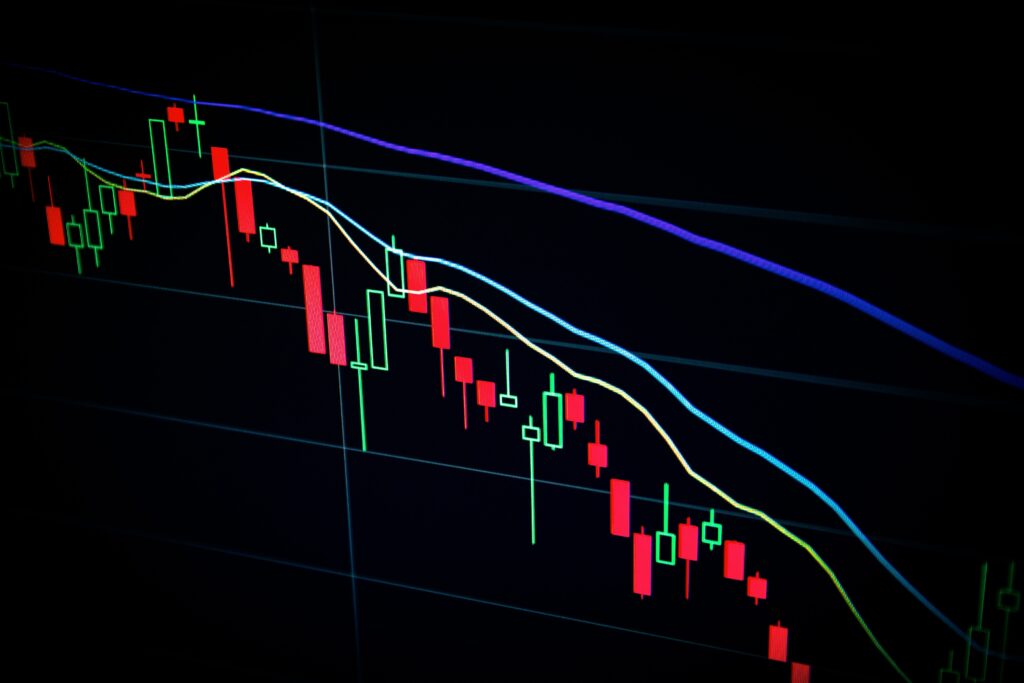Investing in index funds and ETFs within a Roth IRA offers a strategic approach to building wealth for retirement. This guide provides a comprehensive overview of the benefits, strategies, and considerations involved in utilizing these investment options to maximize your retirement savings. In exploring investment options for a Roth IRA, it’s worth considering automated trading platforms like altrix-prime.com to diversify your strategy.

Introduction to Index Funds and ETFs
Index funds and exchange-traded funds (ETFs) are popular investment options known for their passive management style and ability to provide diversified exposure to various asset classes. An index fund is a type of mutual fund that tracks a specific market index, such as the S&P 500, by holding the same securities in the same proportions as the index.
This allows investors to gain broad market exposure without the need for active stock selection. On the other hand, ETFs are similar to index funds in that they also track an index but trade on stock exchanges like individual stocks. This means ETFs offer more flexibility in terms of trading, as they can be bought and sold throughout the trading day at market prices.
One key difference between index funds and ETFs is how they are priced and traded. Index funds are typically priced once a day at the end of the trading day, based on the net asset value (NAV) of the underlying securities.
In contrast, ETFs are traded on stock exchanges and their prices fluctuate throughout the trading day based on supply and demand. This means that investors can buy or sell ETFs at any time during market hours, providing greater liquidity compared to index funds.
Both index funds and ETFs are known for their low costs, as they often have lower expense ratios compared to actively managed funds. This is because they do not require a team of portfolio managers to constantly buy and sell securities in an attempt to outperform the market. Instead, they simply aim to match the performance of the underlying index, which tends to result in lower fees for investors.
Overall, index funds and ETFs are valuable investment options for investors looking for a low-cost, diversified approach to investing in the stock market. They provide an efficient way to gain exposure to a wide range of stocks or bonds, helping investors achieve their long-term financial goals.
How to Invest in Index Funds and ETFs in a Roth IRA?
Investing in index funds and ETFs within a Roth IRA is a straightforward process that can be done through a brokerage account that offers these investment options. The first step is to open a Roth IRA account if you don’t already have one. Most brokerage firms offer Roth IRA accounts, and the process of opening one is typically quick and easy. Once your account is open, you can fund it by making contributions up to the annual limit set by the IRS.
Next, you’ll need to choose the index funds and ETFs you want to invest in. It’s important to research and select funds that align with your investment goals, risk tolerance, and time horizon. Look for funds that have a history of tracking their respective indexes closely and have low expense ratios. Diversifying your investments across different asset classes and sectors can help reduce risk and enhance returns over time.
After you’ve selected your funds, you can place your trades through your brokerage account. When buying index funds, you’ll typically purchase shares directly from the fund company at the fund’s net asset value (NAV). ETFs, on the other hand, are traded on stock exchanges like individual stocks, so you’ll buy and sell them through your brokerage account at market prices.
It’s important to monitor your investments regularly and rebalance your portfolio as needed to maintain your desired asset allocation. Rebalancing involves selling assets that have become overweighted in your portfolio and buying assets that have become underweighted to bring your portfolio back into balance.
Lastly, keep track of the tax implications of your investments in a Roth IRA. Unlike traditional IRAs, contributions to a Roth IRA are made with after-tax dollars, meaning withdrawals in retirement are tax-free. This can provide significant tax advantages over the long term, making Roth IRAs an attractive option for investing in index funds and ETFs.
Conclusion
In conclusion, index funds and ETFs present a compelling opportunity for investors to grow their wealth tax-efficiently within a Roth IRA. By following the strategies outlined in this guide, you can confidently navigate the world of index fund and ETF investing to achieve your long-term financial goals.

